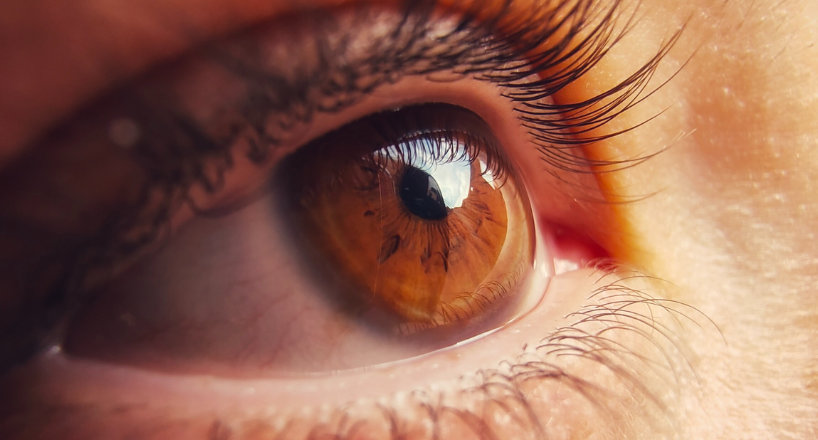Diabetes and Eyesight

Diabetes and eyesight are closely related, as high blood sugar levels can lead to a variety of eye problems, including diabetic retinopathy, cataracts, and glaucoma. Diabetes is the leading cause of blindness in adults, making it important for people with diabetes to understand the link between their disease and their vision.
Diabetic retinopathy is a common complication of diabetes that occurs when high blood sugar levels damage the blood vessels in the retina, leading to vision loss. Early detection and treatment are essential in preserving sight and preventing vision loss from diabetic retinopathy. Regular eye exams are crucial for early detection, as the disease can progress without causing noticeable symptoms in its early stages.
Cataracts, or clouding of the lens in the eye, can also be a complication of diabetes. People with diabetes are more likely to develop cataracts at a younger age and have them progress more rapidly than people without diabetes. Cataract surgery can restore clear vision and improve quality of life.
Glaucoma is another eye disease that is related to diabetes. People with diabetes are at a higher risk for developing glaucoma, as high blood pressure and elevated blood sugar levels can damage the optic nerve and lead to vision loss. Regular eye exams and prompt treatment are important for preventing vision loss from glaucoma.
Diabetes is an illness that impacts the method we process food for energy and development. With all kinds of diabetes– type 1, type 2, and gestational diabetes– the body has a problem transforming sugar in the blood into energy, resulting in a host of prospective health problems.
Diabetes increases the probability that common diabetes-related vision problems or illnesses may take place:
- Diabetics are vulnerable to developing cataracts (a clouding of the eye’s lens) at an earlier age.
- People with diabetes are nearly 50% most likely to develop glaucoma, an eye condition that harms the optic nerve often marked by a boost of internal eye pressure.
- Macular edema (and macular degeneration) are more typical in diabetics due to malfunctioning capillaries in the center region of the retina responsible for main, sharp vision.
- Most significantly, diabetes can result in diabetic retinopathy; an eye illness that affects the capillary in the all-important retina.
Nearly 45 percent of Americans identified with diabetes have some stage of diabetic retinopathy.
That’s why there’s no separating diabetes and vision. If you have diabetes, then you need to understand vision problems that increase in probability as a result of the disease.
Diabetes Statistics

Over 21 million people in the United States have diabetes, with an approximate additional 6 million individuals uninformed they have a form of the illness. What’s more, an approximated 54 million Americans ages 40 to 74 have prediabetes, a condition that puts them at threat of establishing type 2 diabetes. According to a recent American Optometric Association study, diabetes is the leading reason for brand-new cases of loss of sight among grownups ages 20 to 74.
- Introduction Diabetic Retinopathy
Since the retina is the light-sensitive area of the back of the eye responsible for processing visual images, diabetic retinopathy can affect your vision in mild, moderate, or perhaps serious ways. - Signs and Symptoms of Diabetic Retinopathy
If you have diabetes, you most likely understand that your body can’t utilize or save sugar correctly. When your blood glucose gets too expensive, it can damage the capillary in your eyes. This damage might result in diabetic retinopathy. In reality, the longer someone has diabetes, the more likely they are to have retinopathy (damage to the retina) from the disease. - Reasons For Diabetic Retinopathy
Modifications in blood-sugar levels increase your risk of diabetic retinopathy, as does long-lasting diabetes. - Treatment for Diabetic Retinopathy
According to the American Academy of Ophthalmology, 95% of those with diabetic retinopathy can prevent significant vision loss if they are dealt with in time.
In conclusion, people with diabetes are at a higher risk for a variety of eye problems, including diabetic retinopathy, cataracts, and glaucoma. Regular eye exams and proper management of diabetes are essential for preventing vision loss and preserving sight. If you have diabetes, it is important to work closely with your healthcare team to monitor your eye health and prevent vision loss.